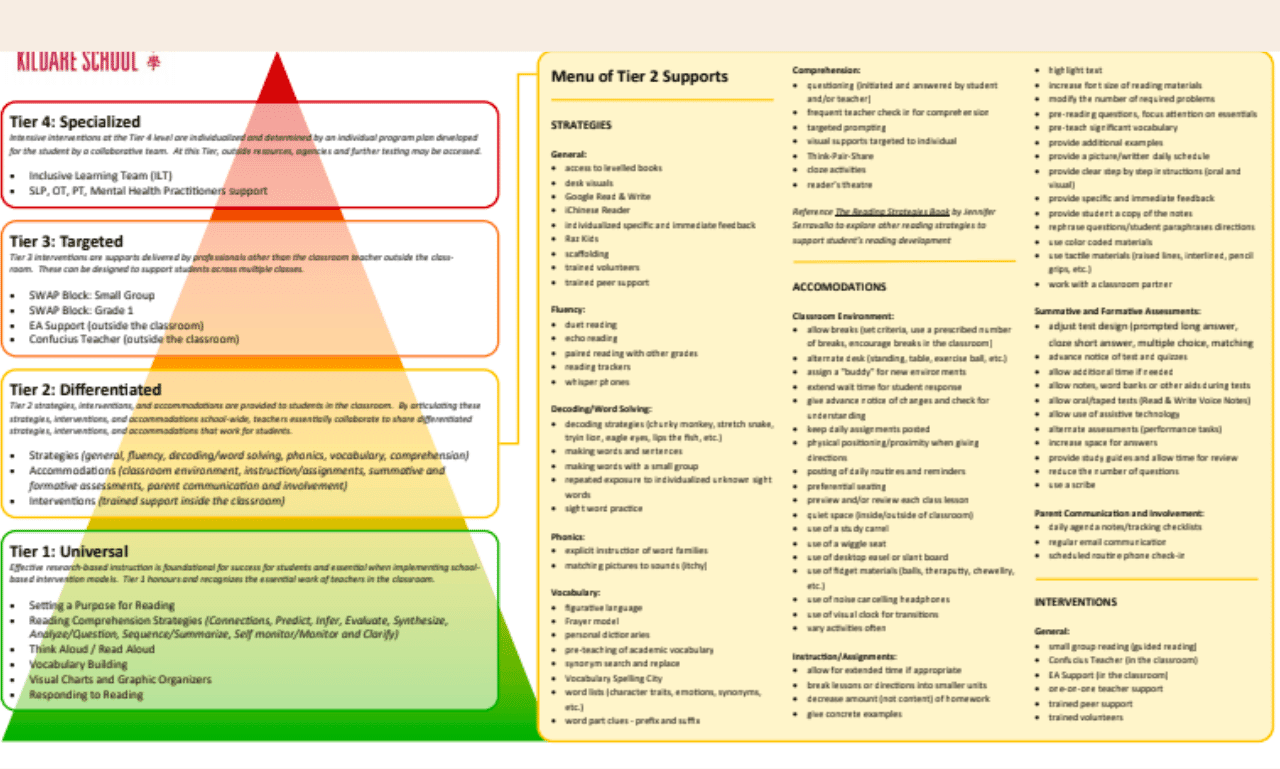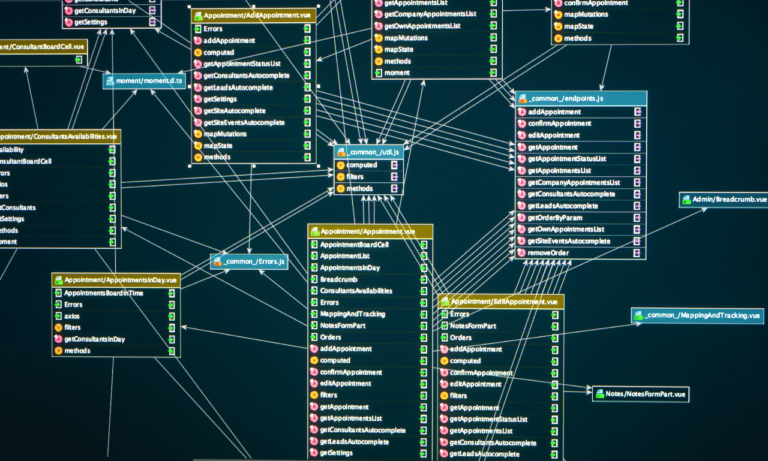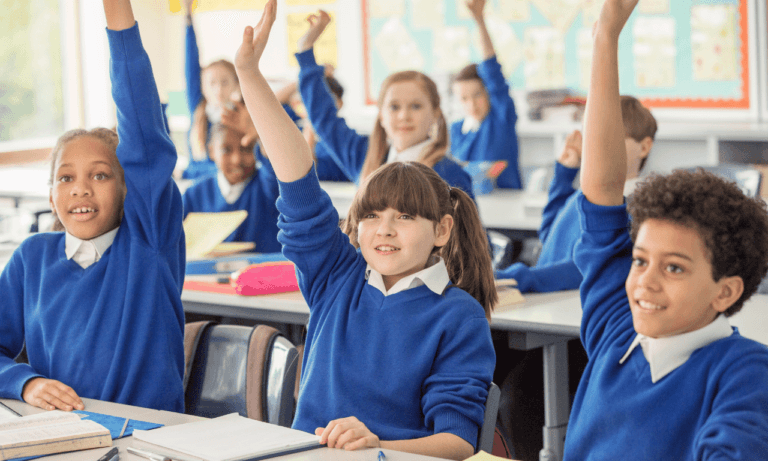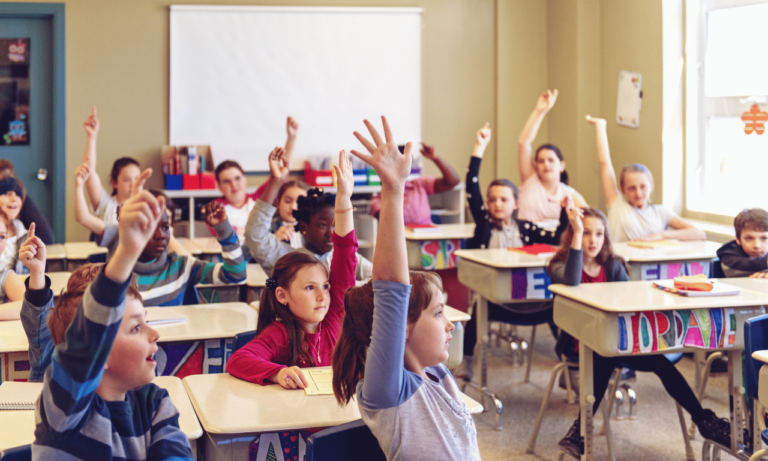Phone:
(+65)8319-0742
The landscape of education constantly evolves, and with these changes comes the need for strategic educational interventions that not only address disparities but enhance learning across the board. Such interventions, tailored to meet the unique needs of students, are the cornerstone of effective education strategies. Schools and educators are increasingly turning to intervention programs and academic support services as vehicles for driving student success initiatives. By doing so, they play a pivotal role in molding the educational experience to better suit individual studentsâ learning trajectories.
Key Takeaways
- Strategic interventions cater to individual student needs, ensuring personalized academic support.
- Comprehensive understanding of various learning paces and strengths is crucial for successful education strategies.
- Screenings and assessments help tailor intervention programs to achieve optimal learning outcomes.
- Evidence-based instructional approaches within academic support services guide students towards success.
- Effective student success initiatives involve collaborative efforts between educators, students, and support programs.
- Education strategies must leverage detailed assessments to achieve targeted, student-centric intervention plans.
Understanding Strategic Educational Interventions
In the realm of education, the concept of strategic educational interventions is evolving as a cornerstone for sculpting a more effective learning environment. By leveraging precise targeted learning interventions and instructional interventions, educators can usher in a new era of personalized support for students. It’s not just about responding to academic struggles; it’s about a proactive initiative to assess, understand, and act to enhance every studentâs learning journey.
The Role of Assessment in Tailoring Interventions
Integral to these strategic initiatives is the role of rigorous assessment that provides the foundation for educational interventions for students. These assessments ascertain the nuances of a studentâs academic profile, mapping out both the peaks and troughs of their learning terrain. With this detailed knowledge at hand, interventions can be custom-crafted with the same precision that a tailor employs to create a bespoke suit.
Evidence-Based Practices and Their Importance
Yet, the fabric of these interventions is only as strong as the evidence that supports it. Evidence-based interventions are the gold standard, serving as a repository of established strategies that have consistently shown to yield positive results. The application of these tried and tested practices ensures that interventions resonate with strength and effectiveness, pushing academic achievements upwards.
Adapting Interventions to Individual Student Needs
Despite the vast array of intervention tools available, the most potent are those that are adeptly adapted to individual student needs. It’s an intricate dance between the data-driven insights of assessments and the artful application of instructional strategies. Whether it’s providing a scaffold to climb the tricky terrains of complex concepts or a gentle nudge in the right direction, the tailor-made approach of targeted learning interventions can make all the difference in a student’s educational experience.
Developing Reading and Literacy Skills Through Targeted Learning Interventions

Implementing strategies to improve reading skills is essential in fostering comprehensive literacy among students. Through carefully structured reading intervention strategies, educators can enhance reading fluency and comprehension for learners at various levels. The selection and application of these strategies require thoughtful consideration to the individual challenges and abilities of each student.
One of the list of interventions for students that has been recognized for its efficiency includes choral reading, where students read aloud in unison, aiding fluency and providing a sense of community. Another effective intervention is partner reading, which pairs students to read and discuss texts, encouraging peer learning and accountability.
- Choral Reading â Enhances pronunciation and fluency
- Repeated Reading â Builds mastery and confidence
- Partner Reading â Fosters cooperative learning and support
- Reciprocal Teaching â Develops critical thinking and comprehension
Incorporating repeated reading into daily practice can significantly raise the reading expertise of students as they become more familiar with the text and can focus on expression and comprehension. Meanwhile, reciprocal teaching allows students to engage with texts in a more granular and dynamic way, alternating between roles and gaining deeper insight into the material.
| Intervention Strategy | Primary Focus | Expected Outcome |
|---|---|---|
| Choral Reading | Reading Fluency | Improved pronunciation and rhythmic reading |
| Repeated Reading | Fluency and Mastery | Increased confidence and reading proficiency |
| Partner Reading | Peer Collaboration | Enhanced engagement and accountability |
| Reciprocal Teaching | Comprehension and Critical Thinking | Advanced understanding and analytical skills |
By choosing texts that resonate with the studentsâ experiences and presenting them through diverse reading intervention strategies, educators can not only improve literacy but also build a foundation for lifelong learning and a passion for reading.
Boosting Mathematical Competence with Strategic Educational Interventions

To equip students with a robust foundation in mathematics, it’s imperative to employ effective math intervention strategies that cater to various learning styles and promote strong conceptual understanding. Strategic educational interventions can make mathematics an engaging and enriching experience that naturally builds problem-solving abilities. By integrating multiple representation techniques and spaced practice, we can foster a lifelong appreciation and competency in math.
Implementing Multiple Representation Techniques
Multiple representation techniques are key to instilling a deep conceptual understanding of mathematical concepts across different learning modalities. Each mathematical idea can be explored through concrete examples, visual aids, and abstract symbols which support a diverse range of learners. The Concrete-Pictorial-Abstract (CPA) approach is a prime example of an instructional strategy designed to transition students from hands-on learning to more abstract representations effectively.
Benefits of Spaced, Interleaved Practice
Integrating spaced and interleaved practice as one of our math intervention strategies can greatly enhance students’ retention and facilitate the transfer of knowledge. By revising concepts at varied intervals and interspersing practice with different types of problems, students can better internalize mathematical principles and apply them to real-world problem-solving scenarios.
Engaging Students with Math Games and Activities
Math games and activities represent a dynamic approach to reinforcing math skills in an enjoyable and motivational format. Educational games not only deepen conceptual understanding but also encourage cooperative learning and healthy competition, contributing to a more vibrant and participative classroom culture.
| Math Concept | Representation Techniques | Spaced Practice | Game-Based Learning |
|---|---|---|---|
| Fractions | Manipulatives, Fraction Circles, Number Lines | Weekly Fraction Challenges | Fraction Bingo, Pizza Slice Equivalent Fractions |
| Geometry | 3D Models, Geoboards, Interactive Software | Bi-weekly Geometry Puzzles | Shape Sorter, Tangram Tournaments |
| Algebra | Algebra Tiles, Graphs, Symbolic Equations | Algebraic Expressions Mix & Match | Algebra Escape Rooms, Equation Invasion |
General Strategies for Enhancing Student Success

In the quest to optimize student success, a multi-faceted approach is essential. The intertwining of general intervention approaches, such as educational technology, social and emotional interventions, and peer tutoring, forms a robust foundation for nurturing empowered and adaptable learners. These strategies present a holistic framework aimed at enhancing not just academic performance, but the overall educational experience.
Incorporating Technology in Education Strategies
The integration of educational technology into learning environments has revolutionized the way educators and students interact with information. Interactive platforms and applications not only facilitate dynamic learning experiences but also foster essential 21st-century skills such as digital literacy. Tools ranging from learning management systems to educational apps provide immersive educational experiences that can be personalized to meet each studentâs needs.
Cultivating Social and Emotional Learning
Recognizing the profound impact of social and emotional wellbeing on academic performance, social and emotional interventions aim to create a nurturing environment for students. These interventions encourage the development of self-awareness, emotional regulation, and interpersonal skills. As students grow in emotional intelligence, they are better equipped to navigate the challenges of the learning process and life beyond the classroom.
Peer Tutoring as a Collaborative Intervention
Peer tutoring stands out as a collaborative intervention where students engage in mutual learning experiences. It is a space where they can explore new concepts, ask questions without fear, and solidify their understanding by teaching others. This reciprocal learning strategy not only reinforces academic concepts but also promotes a sense of community and shared responsibility in the educational journey.
| Intervention Approach | Benefits | Key Features |
|---|---|---|
| Educational Technology | Enhances engagement, facilitates personalized learning | Diverse tools, adaptive software |
| Social and Emotional Interventions | Improves mental health, fosters resilience | Emotional literacy programs, SEL curriculums |
| Peer Tutoring | Boosts academic performance, strengthens social bonds | Structured peer-led sessions, collaborative exercises |
Conclusion
In the realm of education, the sheer necessity for strategic educational interventions cannot be overstated. These interventions serve as a critical catalyst, driving forward the momentum of student success and significantly enhancing learning outcomes. It is through the thoughtful application of these tailored approaches that educators are able to tap into the individual potentials of each student, guiding them towards academic accomplishments and personal growth.
At the core of these strategic interventions lies the commitment to adaptability and precision. By leveraging evidence-based practices and incorporating advanced technologies, along with fostering a culture of social learning, educational institutions cultivate a landscape where diverse learning needs are recognized and met. It is here, within these nurturing confines, that students are empowered with the tools to navigate academic challenges and emerge with a sharpened intellectual acumen.
The impact of such personalized educational frameworks is profound. A commitment to regularly refine instructional methods to align with the evolving educational landscape guarantees that the requisites for an effective and responsive educational environment are always in place. As schools continue to embrace these dynamic, student-centered strategies, they lay the groundwork for fostering lifelong learners equipped to thrive in a rapidly changing world.
FAQ
What Are Strategic Educational Interventions?
Strategic educational interventions are tailored approaches designed to improve learning outcomes by addressing individual student needs, preferences, and challenges. These interventions range from whole-class instruction to small-group or one-on-one support, and are based on assessments that help in customizing the support needed to help students succeed academically.
How Important Is Assessment in Tailoring Educational Interventions?
Assessments are crucial in tailoring educational interventions as they provide insights into a student’s strengths and areas for improvement. This data guides educators in developing customized instructional strategies and support services that cater specifically to the needs of each student, thereby improving their chances of academic success.
Why Are Evidence-Based Practices Important in Education?
Evidence-based practices are important because they are proven methods that have been scientifically validated to be effective in enhancing student learning. Implementing these practices ensures that the educational interventions are more likely to yield positive results, as they are grounded in research and have a track record of success.
How Can Educational Interventions Be Adapted to Individual Student Needs?
Educational interventions can be adapted to individual student needs by using data from assessments to create personalized learning plans. These plans may involve flexible grouping, differentiated instruction, and specific, targeted interventions that respond directly to each student’s unique learning profile and progress.
What Strategies Can Improve Reading Skills?
Strategies to improve reading skills include targeted interventions such as choral reading, repeated reading, partner reading, and reciprocal teaching. These approaches focus on improving fluency, comprehension, and critical thinking, thereby supporting the development of stronger reading skills.
How Can Mathematical Competence Be Boosted with Strategic Interventions?
Mathematical competence can be enhanced with strategic interventions such as employing multiple representation techniques, offering spaced and interleaved practice, and engaging students with math games and schema-based instruction. These methods help students understand mathematical concepts more deeply and apply them effectively in different contexts.
What Are Some General Strategies for Enhancing Student Success?
General strategies for enhancing student success include incorporating educational technology, cultivating social and emotional learning, and facilitating peer tutoring. These strategies contribute to creating a comprehensive learning environment that supports overall student development and achievement.
How Does Peer Tutoring Work as a Collaborative Intervention?
Peer tutoring involves students working together, with one student providing academic support to another. This collaborative approach benefits both tutor and tutee by reinforcing knowledge, developing teaching and learning skills, and fostering a sense of community and collaboration within the educational setting.

















